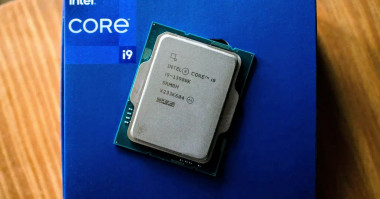There is no fix for Intel’s crashing 13th and 14th Gen CPUs — any damage is permanent

There have been multiple accounts created with the sole purpose of posting advertisement posts or replies containing unsolicited advertising.
Accounts which solely post advertisements, or persistently post them may be terminated.